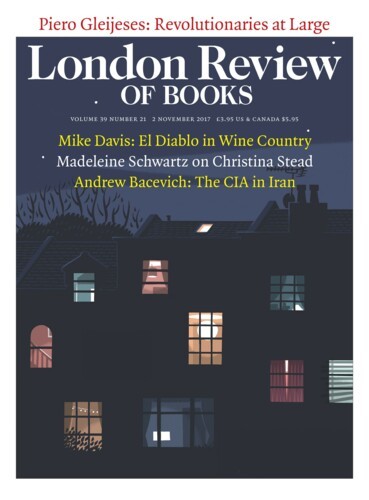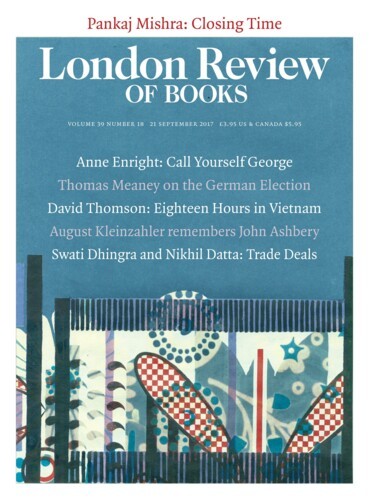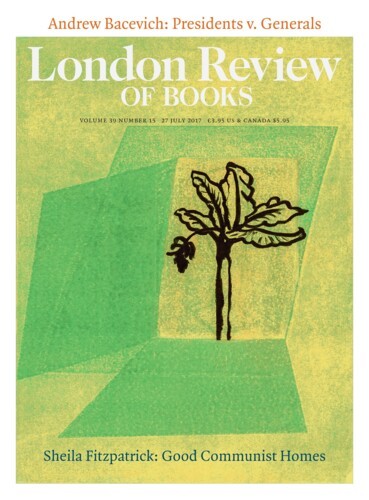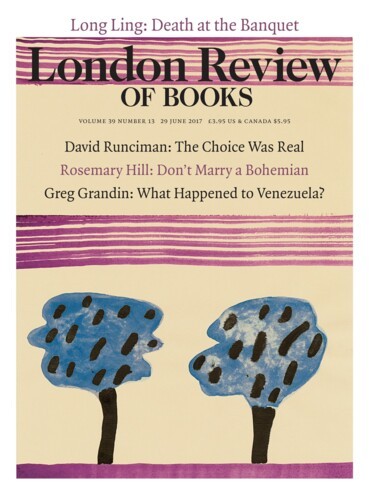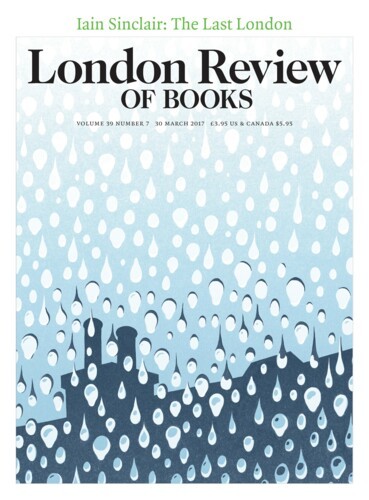At Tate Britain: Rachel Whiteread
Eleanor Birne, 2 November 2017
On the way into the Rachel Whiteread retrospective at Tate Britain (until 21 January), in the long Duveen Galleries, you come across one hundred translucent coloured blocks, squatting on the floor. They look like giant cubes of jelly in blue, violet, yellow, orange, green. Each piece represents the underside of a chair, cast in resin. One hundred objects, moulded from one hundred different...
